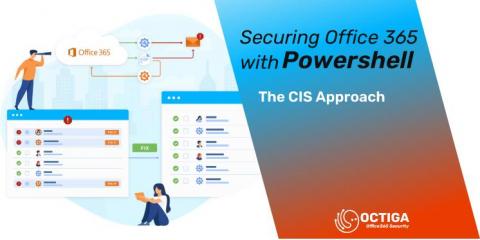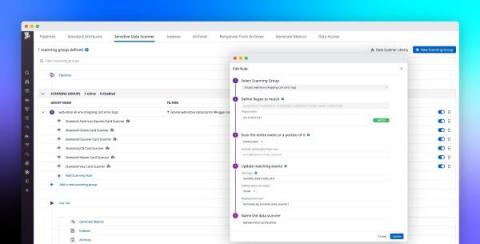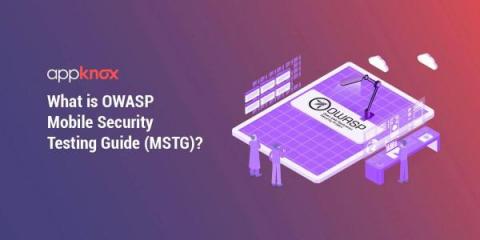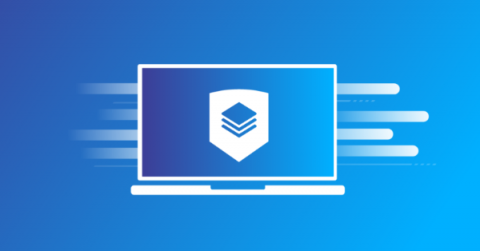"PlugWalkJoe" indicted for $784K SIM swap cryptocurrency theft
The U.S. Department of Justice charged a British man for his alleged role in stealing $784,000 worth of cryptocurrency using SIM swap attacks. According to the unsealed indictment, Joseph James O’Connor – also known as “PlugWalkJoe” – conspired with others to steal approximately $784,000 worth of cryptocurrency from a Manhattan-based cryptocurrency company.











